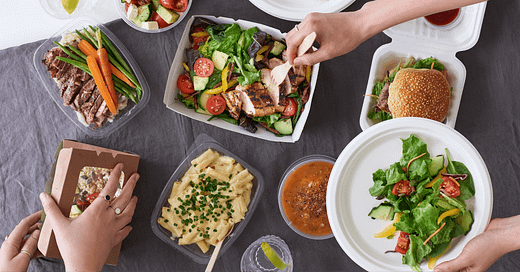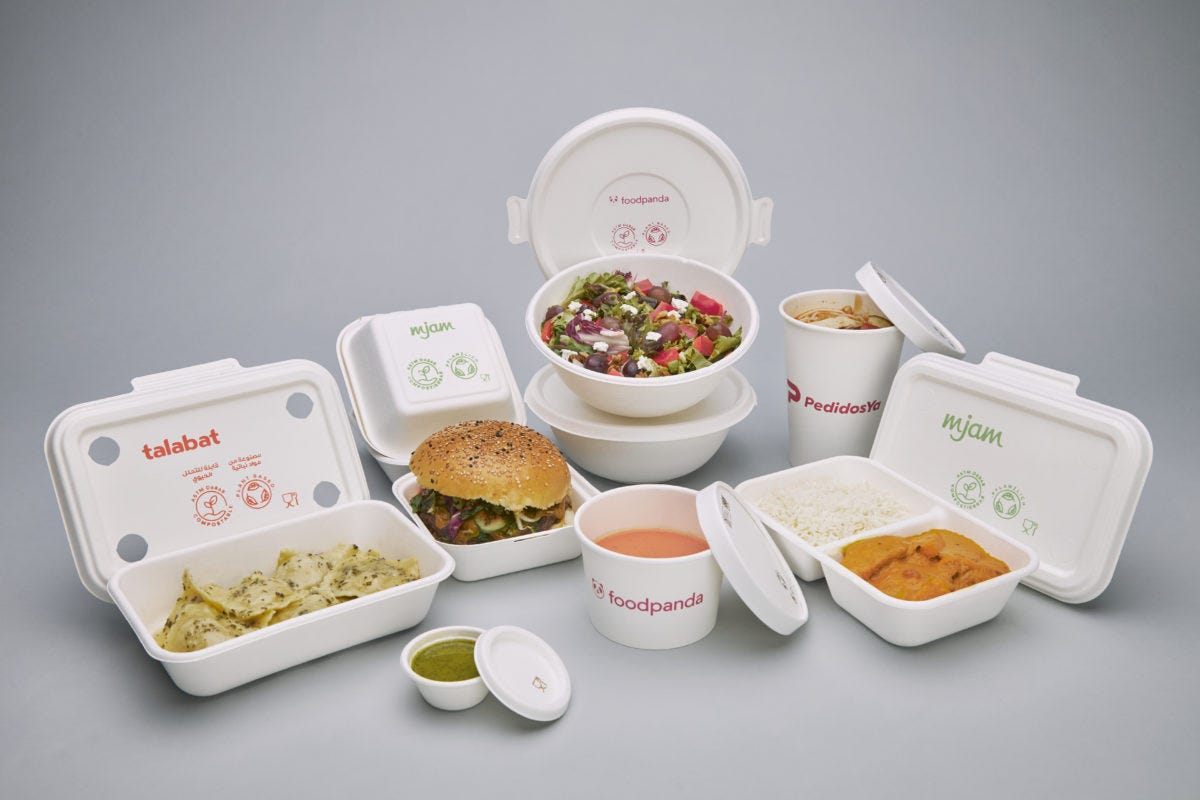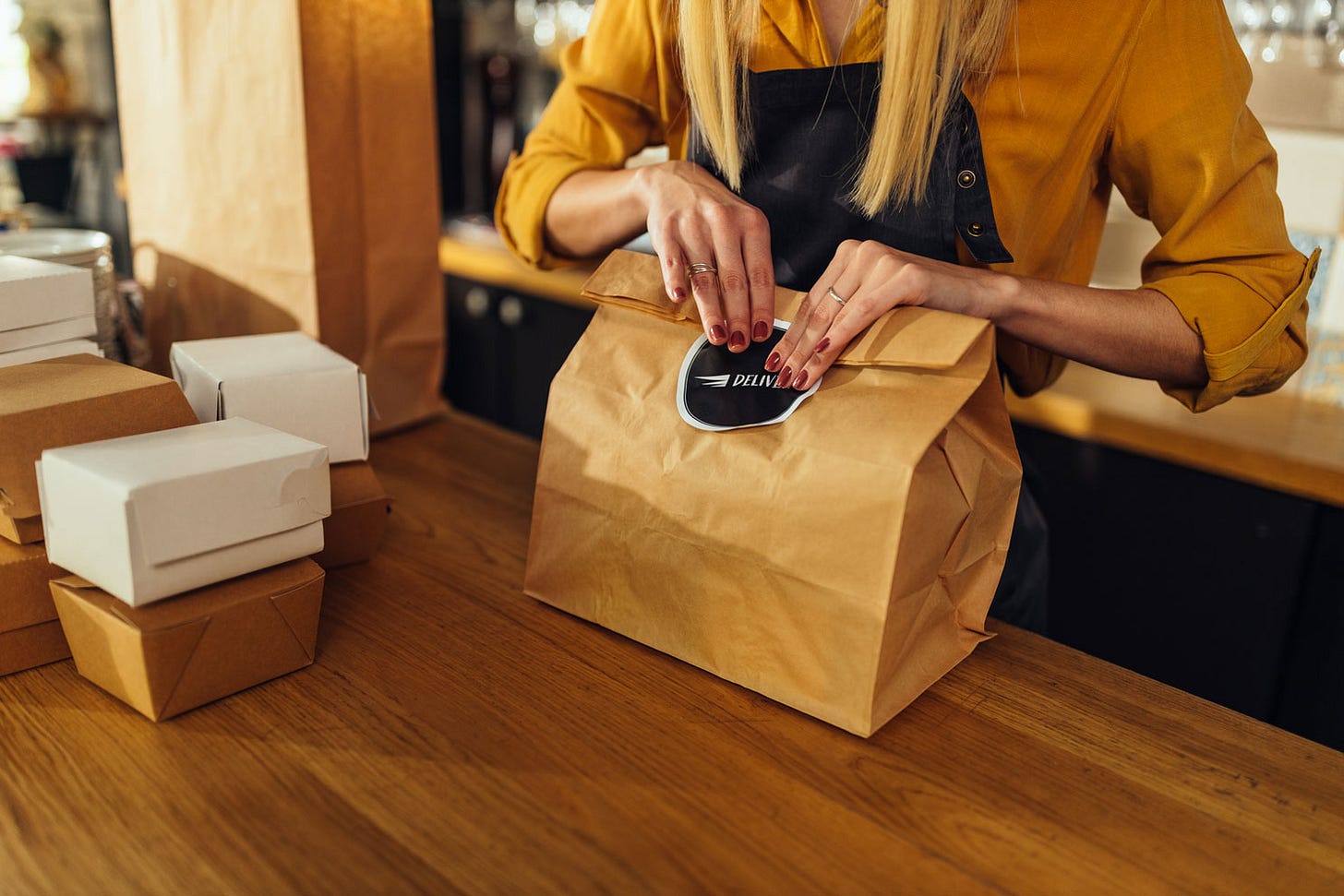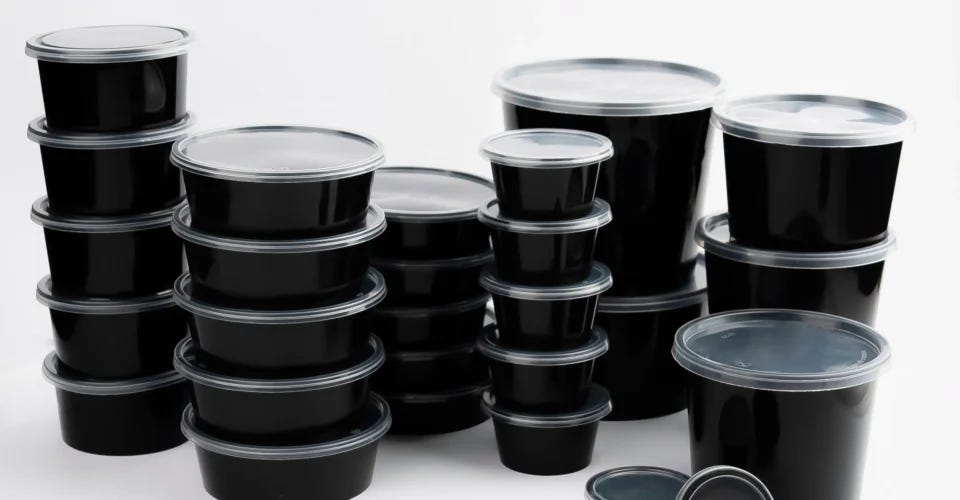In today's fast-paced world, food delivery has become a major part of the food industry, making high-quality and reliable packaging essential for businesses. The right food packaging not only maintains food freshness and safety but also enhances the overall customer experience. Additionally, with the growing concern for the environment, sustainable packaging solutions are gaining popularity. This article explores the best packaging options for food delivery, focusing on materials, durability, insulation, and eco-friendliness.
1. Key Factors in Choosing Food Delivery Packaging
When selecting the best packaging for food delivery, consider the following factors:
Food Freshness & Temperature Control: Insulated packaging helps retain heat for hot meals and keeps cold food fresh.
Leak & Spill Prevention: Secure lids and sealed containers prevent leaks and spills.
Sustainability: Biodegradable, compostable, and recyclable materials reduce environmental impact.
Durability & Strength: Strong packaging prevents damage during transit.
Brand Presentation: Well-designed packaging enhances brand identity and customer satisfaction.
Cost-Effectiveness: Balancing quality with affordability ensures profitability for businesses.
2. Best Packaging Materials for Food Delivery
Different types of materials are used in food delivery packaging, each with its advantages and disadvantages.
a) Biodegradable & Eco-Friendly Packaging
As consumers become more environmentally conscious, businesses are shifting towards sustainable packaging.
Bagasse (Sugarcane Fiber) Containers: Sturdy, heat-resistant, and compostable.
PLA (Polylactic Acid) Packaging: Made from cornstarch, biodegradable, and ideal for cold foods.
Recycled Paper & Cardboard: Used for food boxes, coffee cups, and wraps.
Edible Packaging: Innovative solutions like seaweed-based wrappers that can be eaten or easily decomposed.
b) Plastic Packaging (Traditional but less sustainable)
Plastic containers are widely used due to their durability and affordability.
PET (Polyethylene Terephthalate) Containers: Clear and lightweight, commonly used for salads and cold foods.
PP (Polypropylene) Containers: Heat-resistant and microwave-safe, great for hot meals.
Vacuum-Sealed Plastic Bags: Preserve freshness and extend shelf life for pre-packaged meals.
c) Aluminum & Foil Packaging
Ideal for keeping food warm and preventing leaks.
Aluminum Trays: Retain heat well and are commonly used for baked dishes.
Foil Wrapping: Great for wrapping burritos, sandwiches, and grilled items.
d) Styrofoam Packaging (Not recommended due to environmental concerns)
Though lightweight and insulating, Styrofoam (polystyrene) is difficult to recycle and poses environmental risks.
3. Best Packaging Options for Different Types of Food
Different meals require different packaging to maintain quality and presentation during transit.
a) Hot Meals (Pizza, Pasta, Rice Dishes)
Corrugated cardboard pizza boxes with vent holes to prevent sogginess.
Insulated foil containers to retain heat.
Microwave-safe plastic or compostable containers for reheating convenience.
b) Cold Foods (Salads, Sushi, Fresh Fruits)
Clear PET plastic containers to showcase freshness.
Cardboard and paper-based salad boxes with windowed lids.
Vacuum-sealed or biodegradable wrapping to maintain crispness.
c) Beverages (Coffee, Smoothies, Juices)
Double-walled coffee cups for heat insulation.
PLA or biodegradable plastic cups for cold drinks.
Secure spill-proof lids for takeaway drinks.
d) Soups & Sauces
Leak-proof, heat-resistant plastic or paper cups with tight-sealing lids.
Insulated containers to maintain warmth and prevent spills.
e) Desserts & Baked Goods
Cardboard bakery boxes with ventilation to prevent moisture buildup.
Plastic clamshell containers for cupcakes, pastries, and cakes.
Wax paper or parchment paper for wrapping individual items.
4. Innovative Packaging Trends in Food Delivery
With advancements in technology, food packaging is evolving to meet the needs of consumers and businesses alike.
Smart Packaging: QR codes on packaging for nutritional info, ingredient lists, and reheating instructions.
Tamper-Proof Seals: Ensuring food safety and customer confidence.
Compostable & Plant-Based Packaging: More brands are switching to sustainable alternatives.
Reusable Packaging Programs: Some restaurants offer returnable containers to reduce waste.
5. Tips for Choosing the Right Packaging for Your Business
Know Your Food Type: Use packaging that best preserves the texture and temperature of your meals.
Prioritize Sustainability: Eco-friendly packaging attracts environmentally conscious customers.
Ensure Durability: Invest in strong, spill-proof containers to avoid complaints.
Brand Your Packaging: Custom-printed packaging with your logo improves brand recognition.
Consider Customer Convenience: Stackable, microwave-safe, and easy-to-open packaging enhances customer satisfaction.
Conclusion
Choosing the right food packaging for delivery is essential for maintaining food quality, ensuring customer satisfaction, and promoting sustainability. By selecting the best materials, ensuring durability, and prioritizing eco-friendly solutions, businesses can enhance their reputation and provide a better dining experience for their customers. As packaging technology continues to advance, adopting innovative and sustainable packaging options will be key to staying ahead in the food delivery industry.








